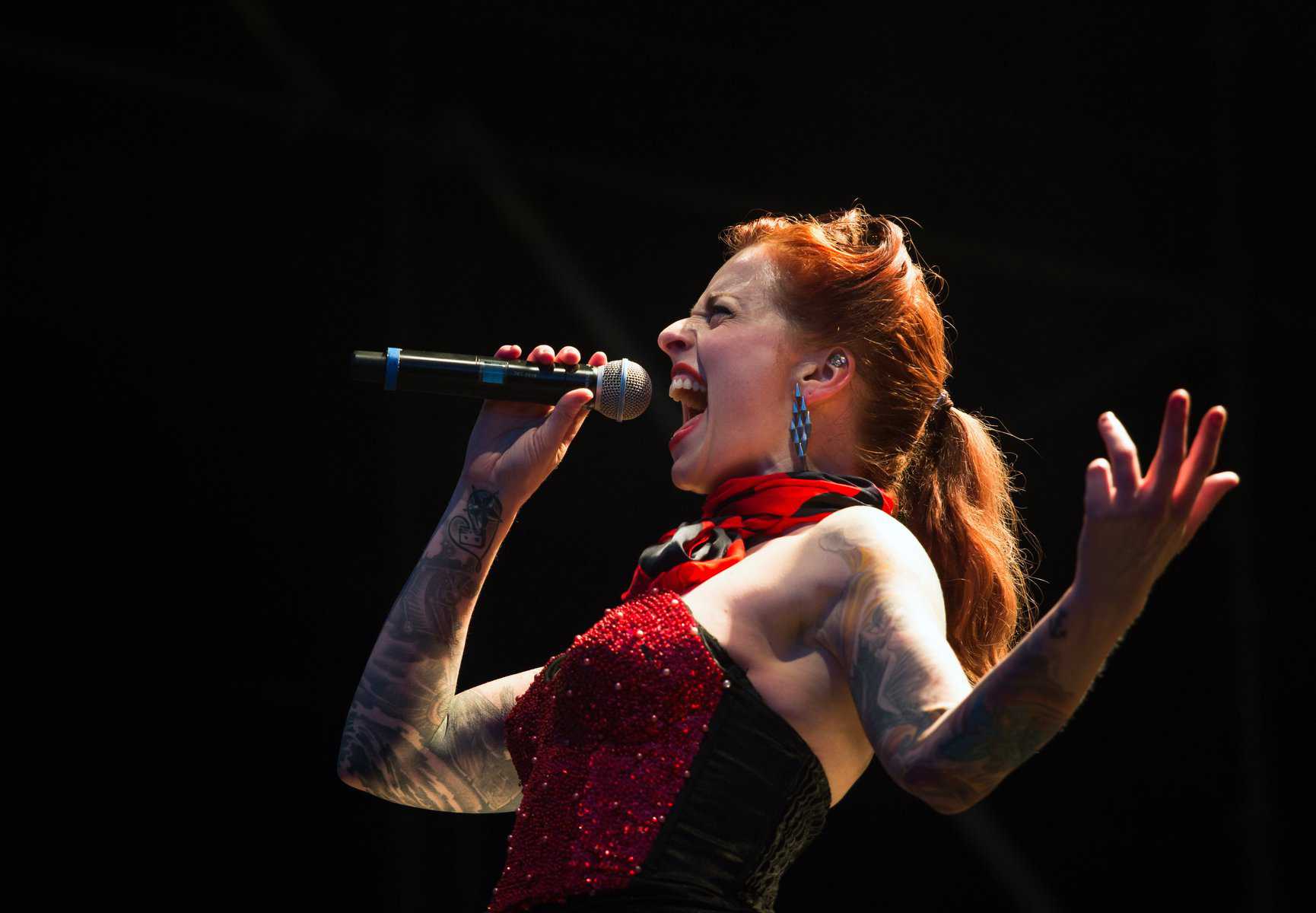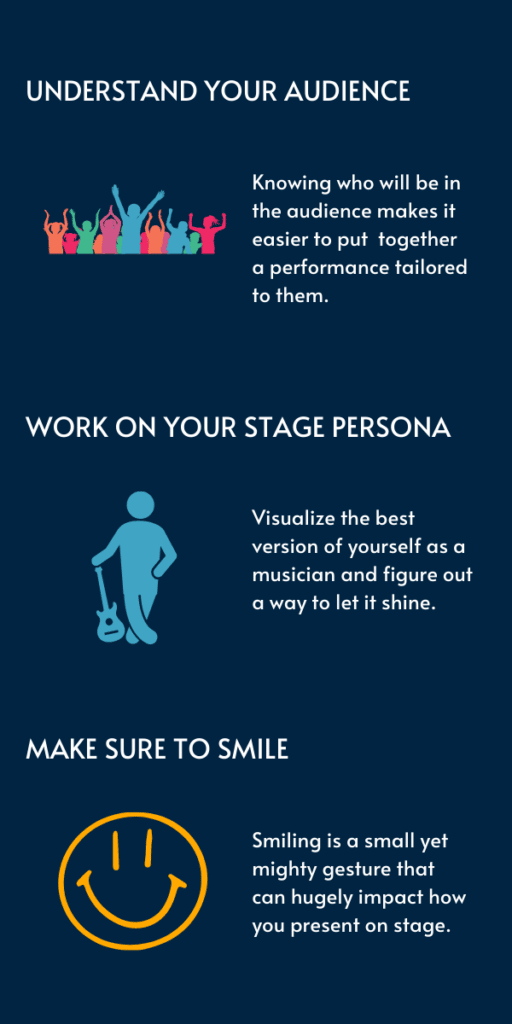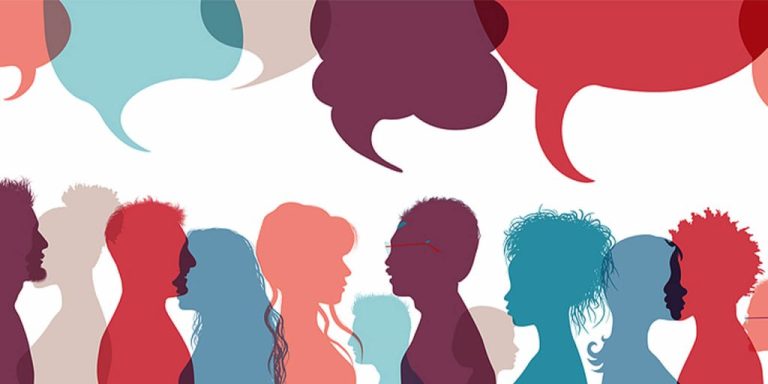How To Have Good Stage Presence?
To have good stage presence, maintain eye contact, engage with the audience, and exude confidence. Having good stage presence is essential for captivating an audience and delivering a powerful performance.
When a performer displays confidence, connects with the audience through eye contact, and engages them with their energy and expressions, they create a compelling and memorable experience. Whether you are an actor, musician, speaker, or presenter, mastering stage presence can elevate your performance and leave a lasting impression.
We will explore tips and techniques to help you improve your stage presence and deliver a captivating performance that will leave your audience wanting more.

Credit: www.reddit.com
Importance Of Stage Presence
Stage presence plays a crucial role in captivating an audience and delivering a memorable performance. To have good stage presence, focus on body language, engaging with the audience, and projecting confidence to establish a strong connection and leave a lasting impact.
Creating A Memorable Performance
Good stage presence can make or break a live performance. It is the key to creating a memorable experience for both the performer and the audience. When you have excellent stage presence, you captivate the crowd and leave a lasting impression. Whether you are a musician, actor, or public speaker, mastering the art of stage presence is essential.
So, how can you create a performance that will be etched in the minds of your audience?
- Be confident and command the stage: Confidence is contagious. When you step onto the stage with confidence, the audience instantly feels your energy. Stand tall, move purposefully, and own the stage like it’s yours.
- Show enthusiasm and passion: Passion is infectious. Infuse every movement, word, and gesture with genuine enthusiasm. Let your love for what you do shine through, and the audience will respond in kind.
- Use body language effectively: Actions speak louder than words. Pay attention to your body language and use it to express your emotions. Make eye contact with the audience, use open and inviting postures, and use gestures to enhance your performance.
- Be aware of your surroundings: Utilize the entire stage. Explore the space around you and make deliberate movements to engage the audience. This will help create a dynamic performance and prevent you from appearing stagnant.
Connecting With The Audience
Connecting with the audience is another crucial aspect of good stage presence. When you establish a connection, the audience becomes invested in your performance and is more likely to remember it.
Here are some effective techniques to connect with your audience:
- Engage with eye contact: Establish a personal connection by making eye contact with individuals throughout your performance. This creates a sense of intimacy and involvement.
- Interact and involve: If appropriate for your performance, invite the audience to participate. This could be through call-and-response, asking questions, or inviting volunteers on stage.
- Tell relatable stories: Connect with your audience on an emotional level by sharing personal experiences or stories that are relatable. This helps them empathize with you and feel connected to your performance.
- Be authentic: Authenticity resonates with audiences. Don’t try to be someone you are not. Be true to yourself and let your genuine personality shine through. Audiences appreciate performers who are genuine and relatable.
Remember, stage presence is not just about putting on a show; it’s about creating a transformative experience for your audience. When you master the art of stage presence, you become more than a performer; you become a storyteller, a captivator, and a force to be reckoned with.
Developing Confidence
Developing confidence is key to having good stage presence. When you exude confidence on stage, your audience is captivated and drawn to you. It allows you to connect with them on a deeper level and deliver your performance with ease. To develop confidence, you can focus on two essential aspects: practice and preparation, and positive self-talk. Let’s explore each of these in detail.
Practice And Preparation
Mastering your craft through practice and preparation is crucial in building your confidence on stage. The more you practice, the more comfortable and familiar you become with your material. Here are a few tips to help you effectively practice:
- Set aside dedicated time for practice every day.
- Break down your performance into smaller sections and focus on mastering each one.
- Utilize visualization techniques to mentally rehearse your performance.
- Record yourself practicing to identify areas that need improvement.
Remember, practice not only improves your skills but also boosts your confidence as you become more confident in the material you’re presenting.
Positive Self-talk
Having a positive mindset and self-talk is essential in developing confidence on stage. Here are some strategies to incorporate positive self-talk into your routine:
- Replace negative thoughts with positive affirmations before and during your performance.
- Visualize yourself successfully delivering your performance and receiving applause.
- Fuel your mind with positive thoughts and surround yourself with supportive and encouraging individuals.
Engaging in positive self-talk can help you overcome self-doubt and nervousness, allowing you to embrace your stage presence with confidence.
Body Language And Expression
To have good stage presence, pay attention to your body language and expressions. Keep your posture upright, make eye contact with your audience, and use gestures that complement your words. Engage your audience with confident and purposeful movements to create an impactful performance.
Posture And Movement
An essential aspect of stage presence is your body language and expression. Your posture and movement on stage can greatly impact how you connect with your audience.
When it comes to posture, remember to stand tall and proud. A straight back and lifted chest not only project confidence but also allow for better vocal projection.
Moreover, avoid fidgeting or slouching, as this can make you appear uninterested or unengaged. Use your body to convey your energy and enthusiasm for your performance.
Movement is equally important. Aim for purposeful and intentional movements that are synchronized with your performance. Step confidently, create wide gestures to engage the audience, and use the entire stage to your advantage.
However, be mindful of overdoing it – movement should enhance your presence, not distract from it. Find a balance between dynamic motion and maintaining a strong stage presence.
Facial Expressions
Facial expressions are the window to your emotions and can have a significant impact on how your audience perceives your performance. Your face should reflect the emotions and messages conveyed in your music or speech.
When performing, be sure to make eye contact with the audience as this helps establish a personal connection. Maintain a warm and genuine smile to create a positive atmosphere and make your audience feel involved.
Additionally, vary your facial expressions to match the mood of your performance. Use your eyebrows, eyes, and mouth to convey different emotions, enhancing the overall impact of your stage presence.
Instrumentalists and non-vocal performers should also keep their facial expressions active, as it demonstrates their connection and passion for the music they are creating.
Remember, your body language and facial expressions can speak louder than words. Use them effectively to engage your audience and leave a lasting impression.

Credit: www.wikihow.com
Engaging With The Audience
When it comes to having good stage presence, engaging with the audience is crucial. A performer’s ability to connect and interact with the crowd can make a huge difference in their overall performance. In this section, we will discuss two key aspects of engaging with the audience: eye contact and interacting with the crowd.
Eye Contact
Eye contact is a powerful tool that can help establish a personal connection with your audience. By making eye contact, you show that you are present and engaged, which can instantly captivate the crowd and make them feel involved in your performance. Here are a few tips on how to effectively use eye contact:
- Scan the audience: Make sure to scan the entire audience, not just one section. This shows that you acknowledge and appreciate everyone’s presence.
- Maintain eye contact: When you make eye contact with someone, hold it for a few seconds before moving on to the next person. This will create a sense of intimacy and connection.
- Vary your gaze: Avoid fixating on one person or area for too long. Instead, distribute your eye contact evenly across the audience to ensure everyone feels included.
Interacting With The Crowd
Interacting with the crowd is another effective way to engage your audience. By involving them in your performance, you create a dynamic and memorable experience. Here are some strategies to interact with the crowd:
- Ask questions: Encourage audience participation by asking them questions. This not only allows you to gauge their interest but also makes them feel valued and involved.
- Respond to reactions: Pay attention to the audience’s reactions and respond accordingly. Whether it’s laughter, applause, or even silence, acknowledging their response shows that you are attuned to their presence.
- Encourage sing-alongs or clapping: If appropriate for your performance, invite the audience to join in by clapping, singing, or participating in other ways. This fosters a sense of community and creates a shared experience.
Remember, engaging with the audience is not only about entertaining them but also about building a connection. By implementing eye contact techniques and interactive elements, you can enhance your stage presence and leave a lasting impression on your audience.
Performance Techniques
When it comes to having good stage presence, there are several performance techniques that can help you captivate and engage your audience. By mastering these techniques, you can enhance your stage presence and leave a lasting impression. In this blog post, we will explore two crucial performance techniques: vocal projection and articulation, as well as energy and enthusiasm
Vocal Projection And Articulation
Your voice is your most powerful tool as a performer, and proper vocal projection and articulation can make a significant difference in how your message is conveyed. Here are some tips to improve your vocal projection and articulation:
- Stand tall and maintain good posture to allow your diaphragm to fully engage, resulting in a stronger voice.
- Take deep breaths before speaking or singing to support your vocal cords and enhance your projection.
- Speak or sing from your diaphragm, rather than relying solely on your throat, to prevent strain and produce a richer sound.
- Practice clear and precise articulation by enunciating each word and consonant properly.
- Use your facial expressions and gestures to enhance your vocal delivery and emphasize key words or phrases.
- Consider vocal exercises and warm-ups to improve your control, range, and overall vocal performance.
Energy And Enthusiasm
Energy and enthusiasm are contagious and can greatly influence the way your audience perceives your stage presence. Here are some strategies to help you bring energy and enthusiasm to your performance:
- Stay fully present and engaged in the moment, allowing your energy to shine through.
- Move confidently and purposefully on stage, utilizing the space to connect with different sections of the audience.
- Use facial expressions and body language to communicate emotions and engage with your audience.
- Show genuine passion and enthusiasm for what you’re performing, as this will naturally resonate with your audience.
- Interact with the crowd when appropriate, whether it’s through eye contact, acknowledging their applause, or inviting participation.
- Be mindful of your overall energy level throughout your performance, ensuring a consistent flow of energy without becoming overwhelmed or exhausted.
By incorporating these performance techniques, you can elevate your stage presence and create a memorable experience for your audience. Remember, practice and experimentation are key to finding what works best for you as a performer. So, unleash your voice, embrace your energy, and captivate your audience with an unforgettable stage presence!

Credit: mastering.com
Frequently Asked Questions Of How To Have Good Stage Presence?
How Can I Improve My Stage Presence?
To improve your stage presence, practice your performance regularly, make eye contact with the audience, and use confident body language.
What Are Some Tips For Engaging The Audience During A Performance?
To engage the audience during a performance, interact with them through gestures or stage movements, create a connection by telling stories, and involve them in the performance through call and response.
What Role Does Confidence Play In Stage Presence?
Confidence is essential for stage presence as it helps you captivate the audience, project your voice effectively, and handle unexpected situations with ease.
Conclusion
To truly captivate your audience with a powerful stage presence, it’s essential to prioritize self-confidence, body language, and engaging communication. By maintaining strong eye contact, projecting your voice, and conveying authenticity, you can effortlessly connect with your spectators. Remember to use purposeful gestures and allow your passion to shine through.
With practice, perseverance, and the application of these tips, you can enhance your stage presence and deliver memorable performances. So go ahead, step onto that stage, and leave the crowd awe-inspired by your captivating presence.


